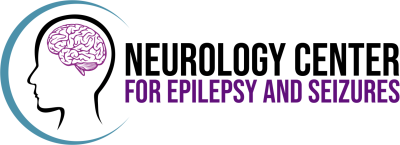While epilepsy and vertigo are distinct neurological conditions, they can sometimes present similar symptoms in…

Identifying Patients with Epilepsy before They Have Seizures
Most people think that seizures are the only signs that someone has epilepsy. However, neurologists know that there are some signs and symptoms that can indicate epilepsy, even if people are not having obvious seizures. Using those signs and symptoms, we can identify potential epileptics and provide treatments, which may be able to reduce the likelihood that they will begin having seizures.
Some signs that a person may have epilepsy include:
- Unexplained migraines or headaches
- Confusion
- Cognitive dysfunction
- Fainting spells
In fact, many people have misperceptions about how epilepsy looks. They expect large, noticeable seizures. While many people do experience those obvious seizures, there are other types of seizures that can be unnoticeable to the person experiencing them or those around them. For example, in an absence seizure, the patient may simply appear to be looking off into space. It is easy to mistake them for daydreaming or other inattention. Seizures that impact the limbs and cause twitches and tics may seem like a muscle issue. That makes it easy for people to assume that seizures are actually something else and discount how significant they can be.
Of course, there are other explanations for those symptoms, as well. For example, migraines could just be migraines. However, none of them fall under the umbrella of normal neurological behaviors. If you are experiencing them, then a visit to the neurologist can help identify the causes of those behaviors. Identifying the root cause often leads to a successful treatment plan, which can help reduce symptoms and improve quality of life, even if you do not have epilepsy.
If epilepsy is suspected, then we can verify it with EEG monitoring. EEG monitoring looks at the electrical activity in the brain. It can identify signs of epilepsy even when someone is not having noticeable seizures. If EEG testing verifies those signs, then a patient can begin treatment prior to having noticeable seizures. Furthermore, we can monitor outcomes by examining the EEG results, so that we can tell if a medicine is having the desired impact without waiting for the person to begin experiencing seizures.
Sometimes we have patients come to us because they just know something is not right. Other times, a general practitioner or pediatrician will refer a patient to us for the same reason. They cannot identify the cause, but they know that something is wrong. If you fall into that category, give us a call. One of the ways we help patients is by identifying what is wrong so we can develop a treatment plan to offer some relief.
Neurology Knowledge Center – How can we identify patients with epileptic condition before they have obvious seizures



